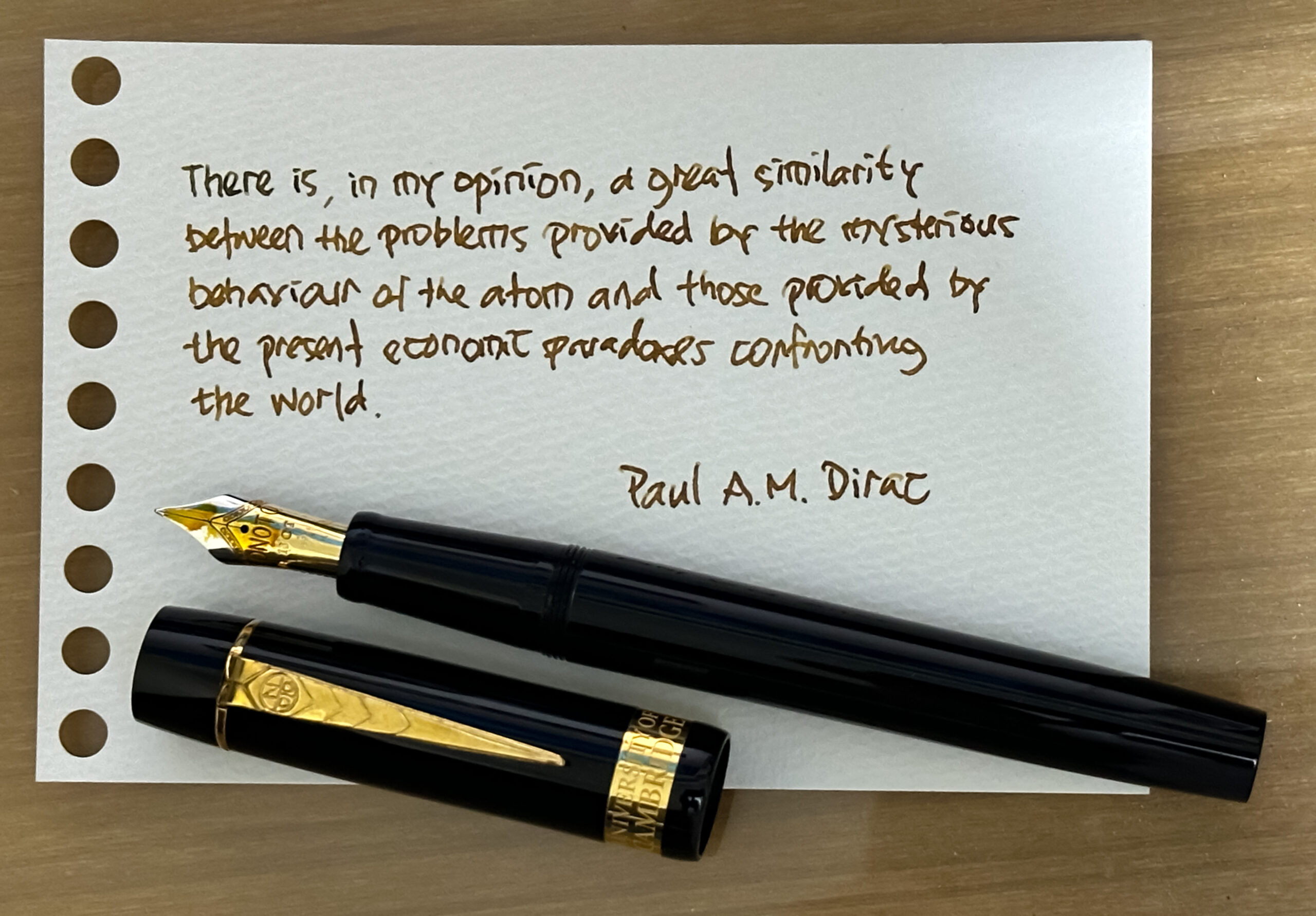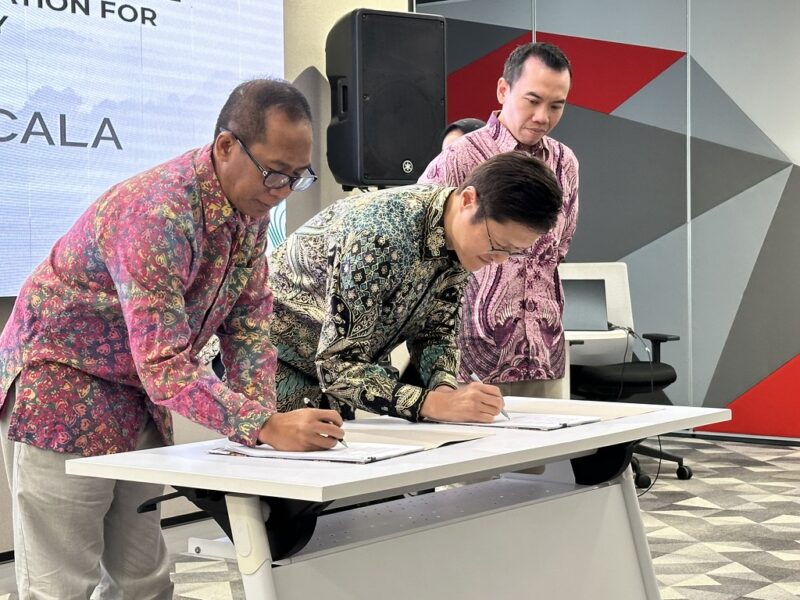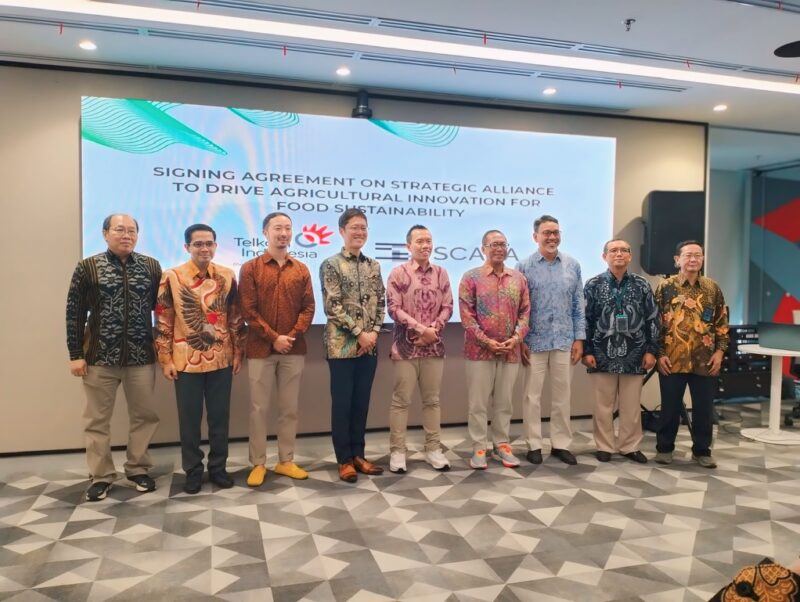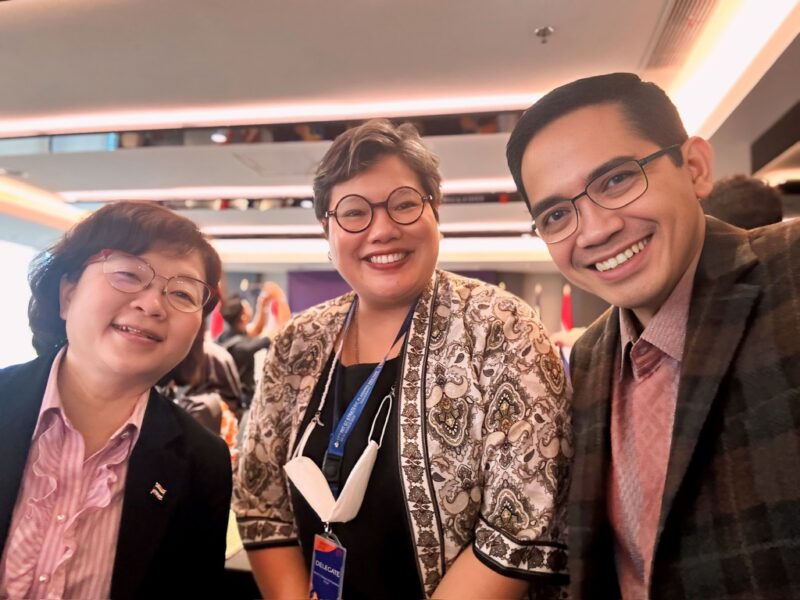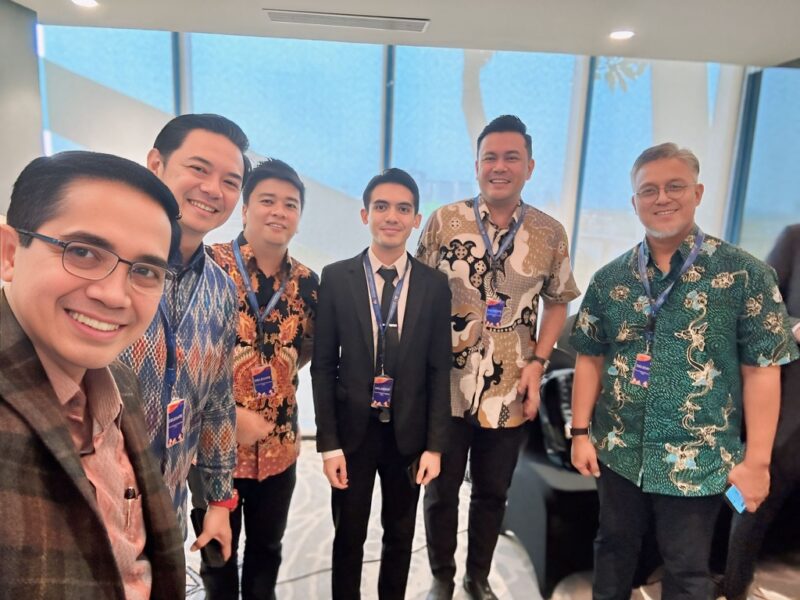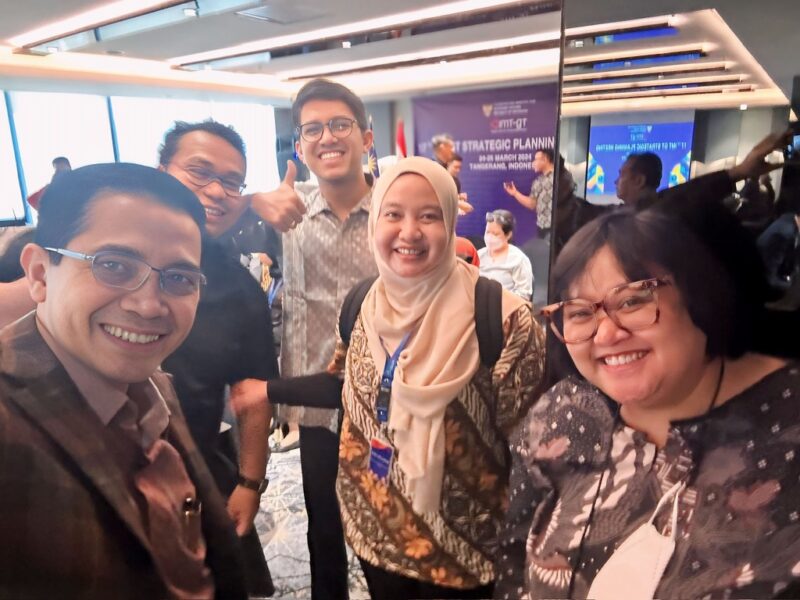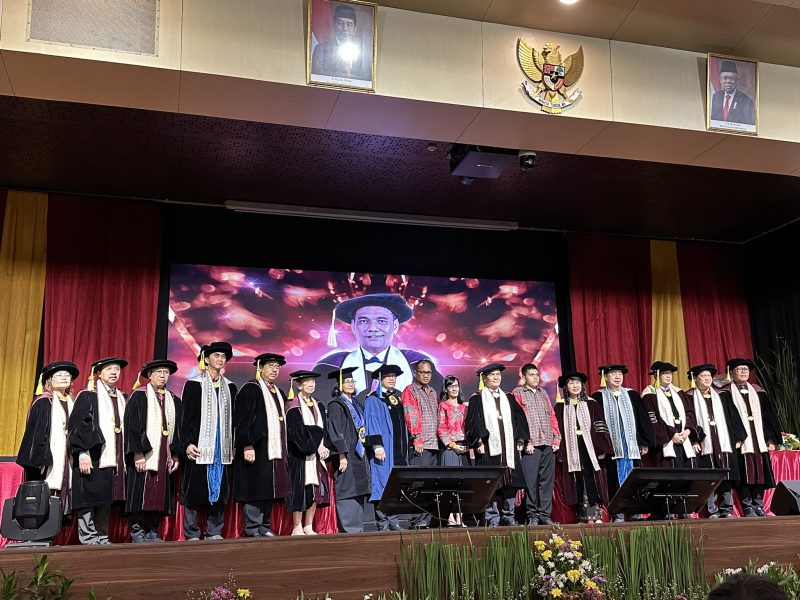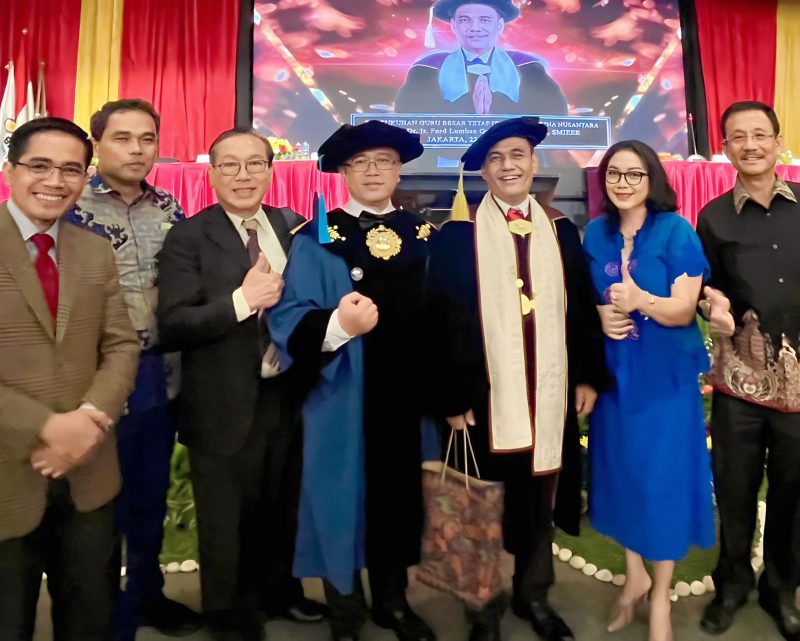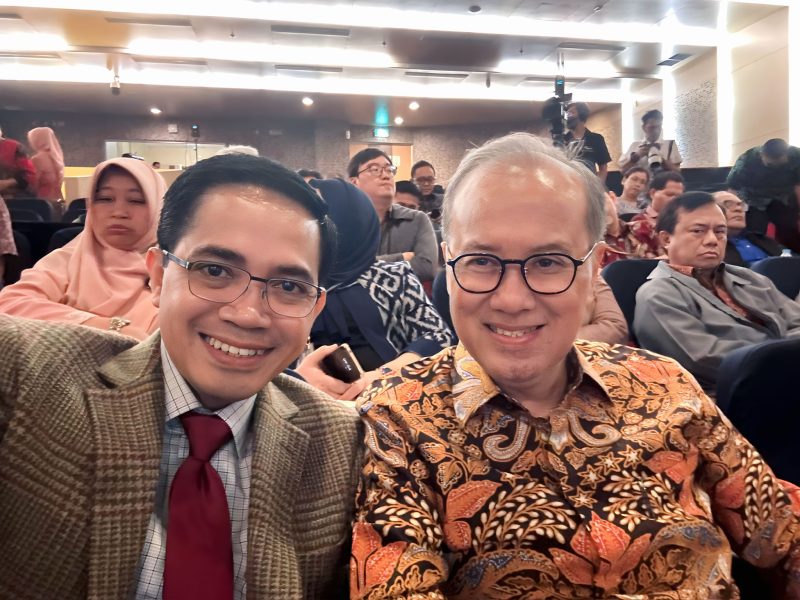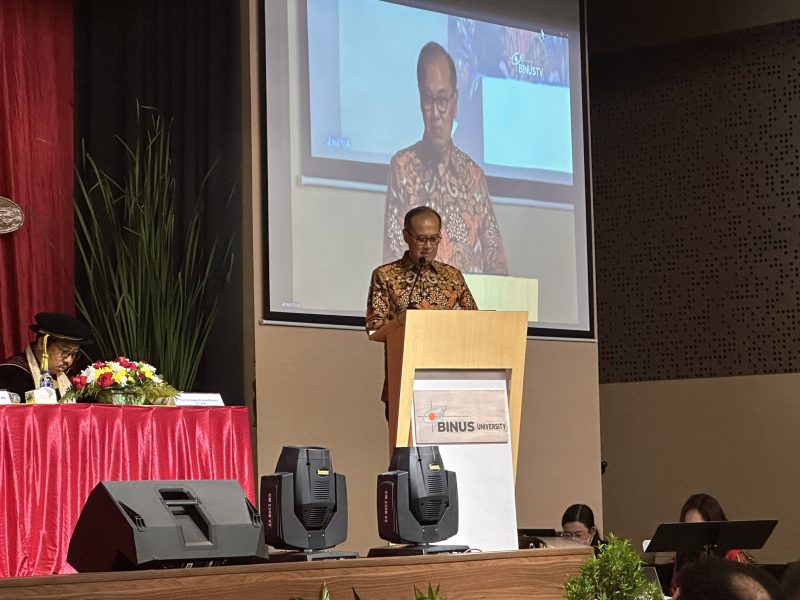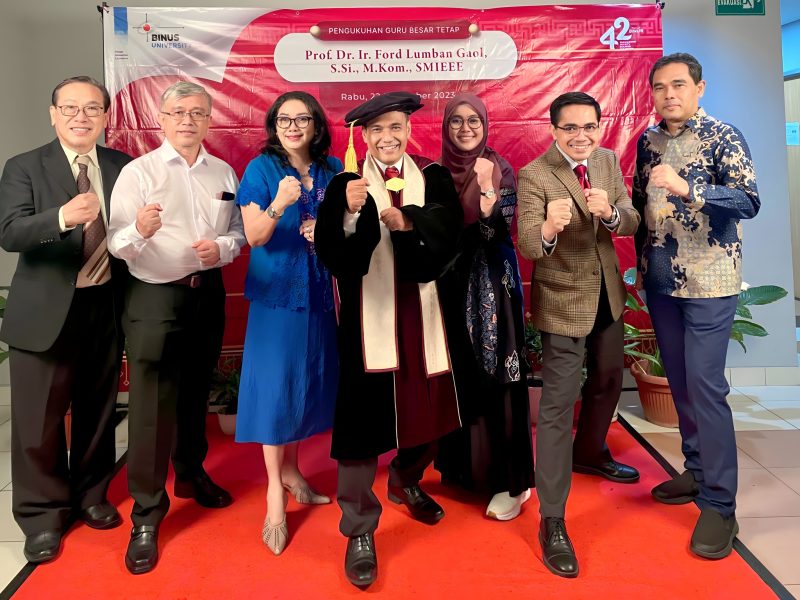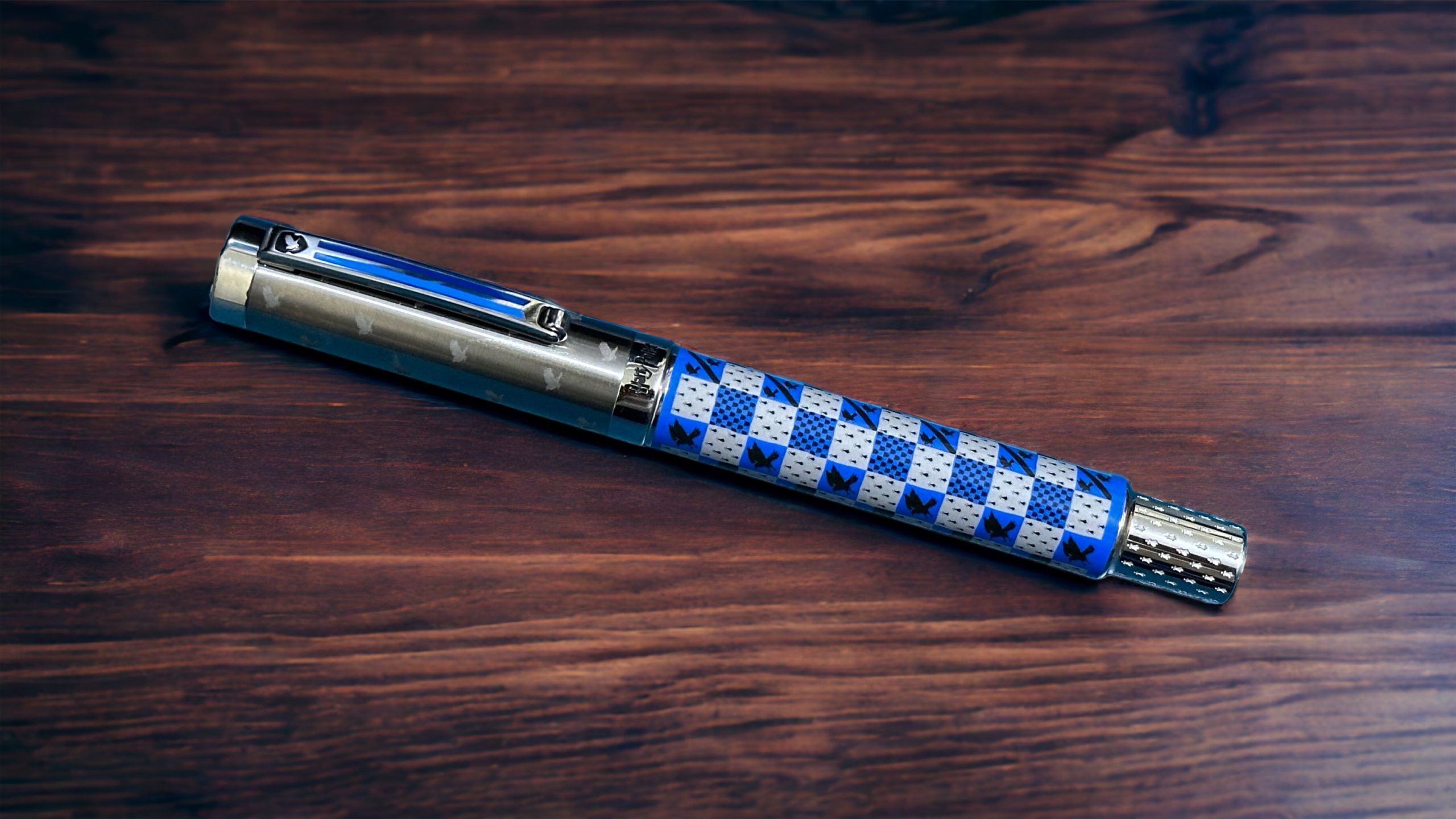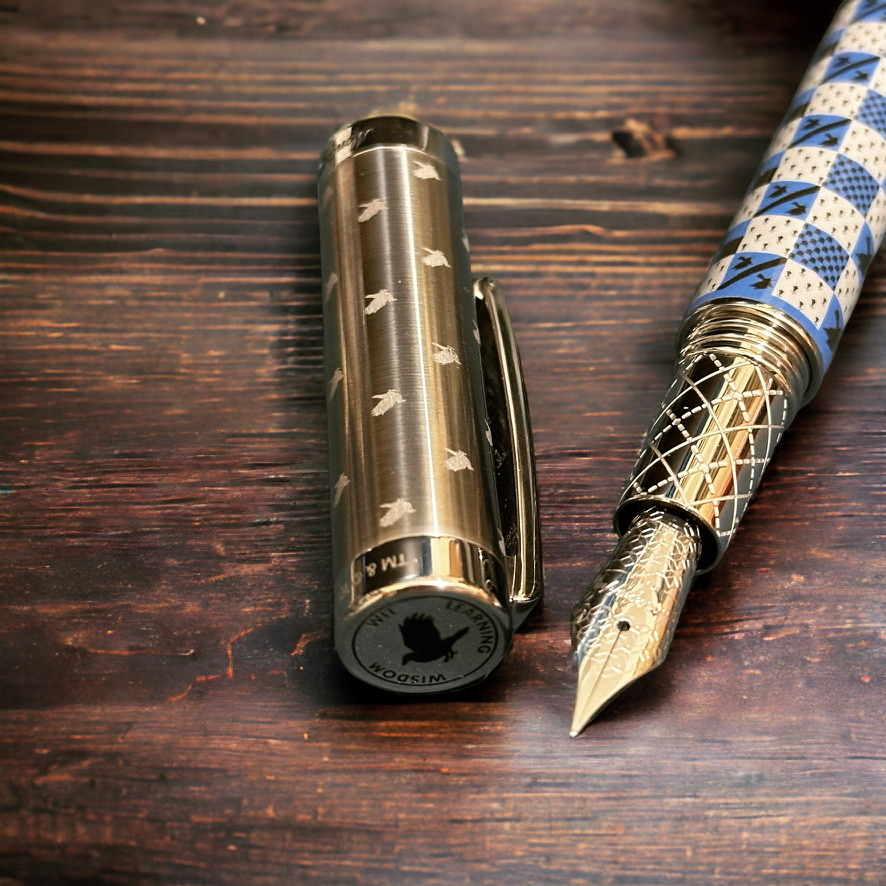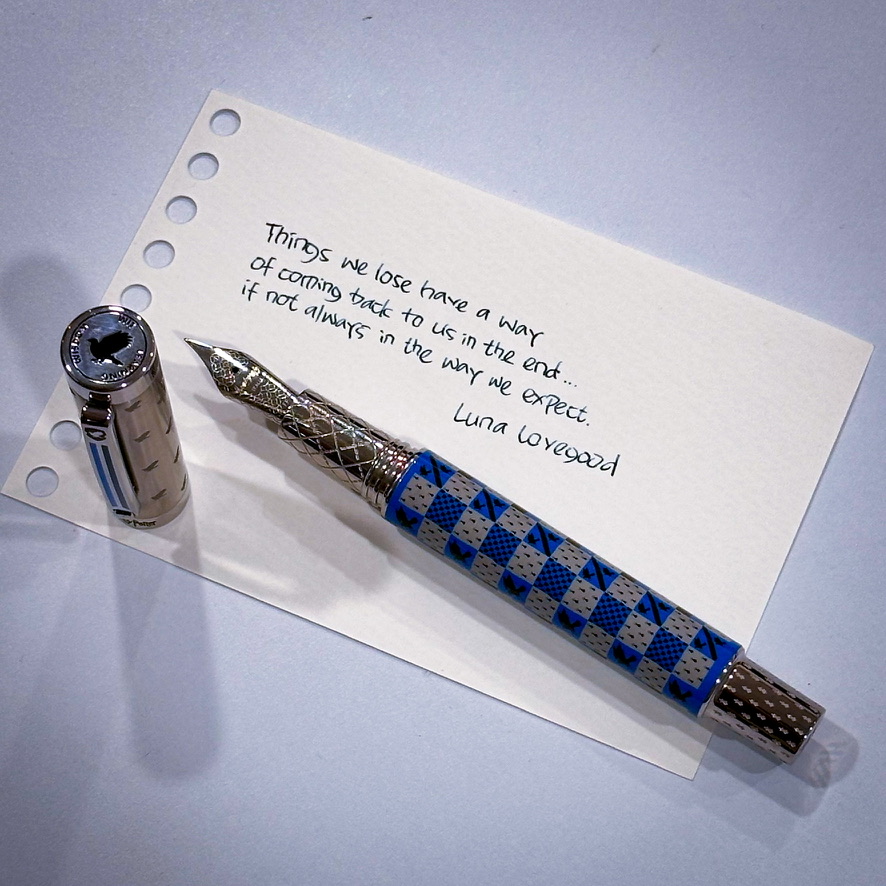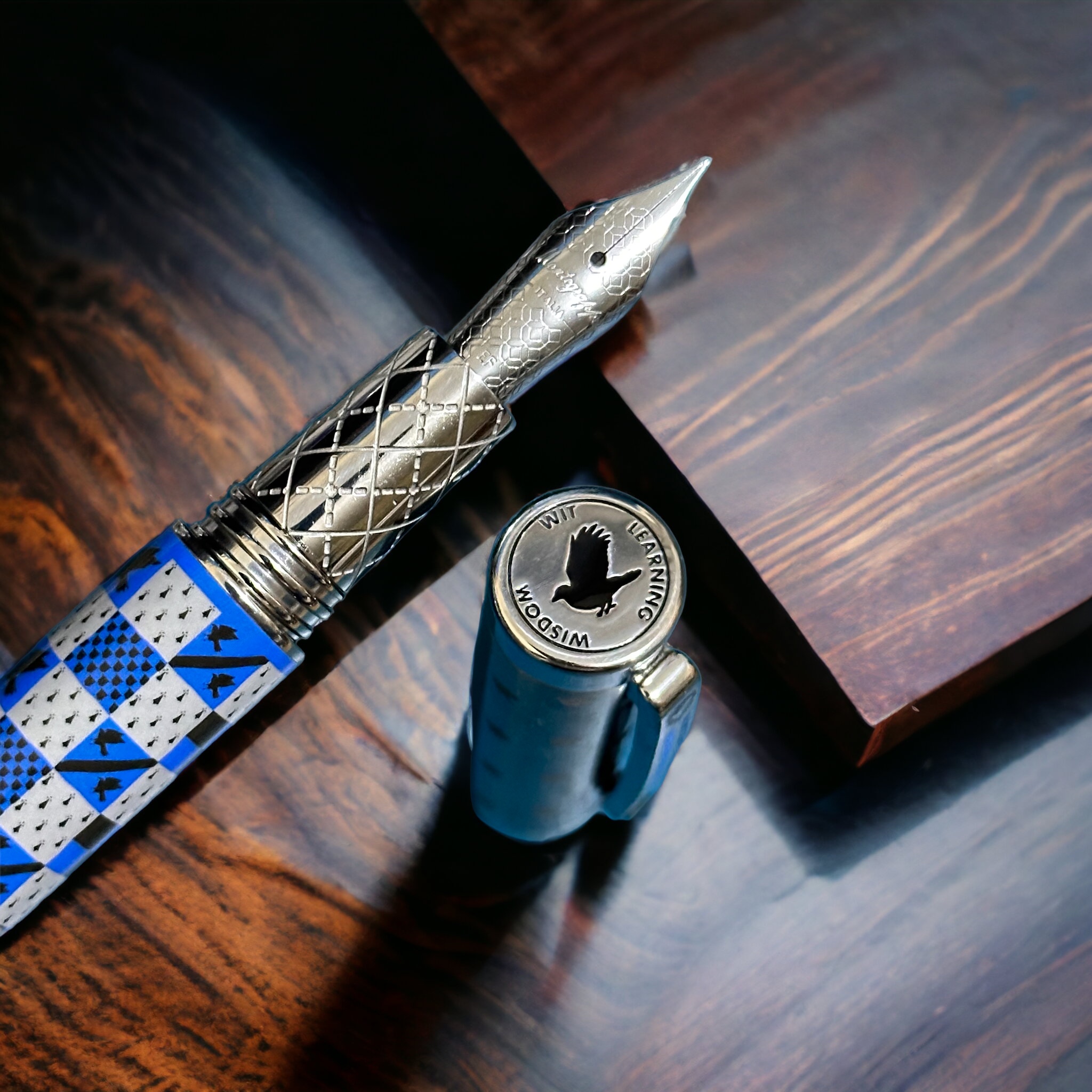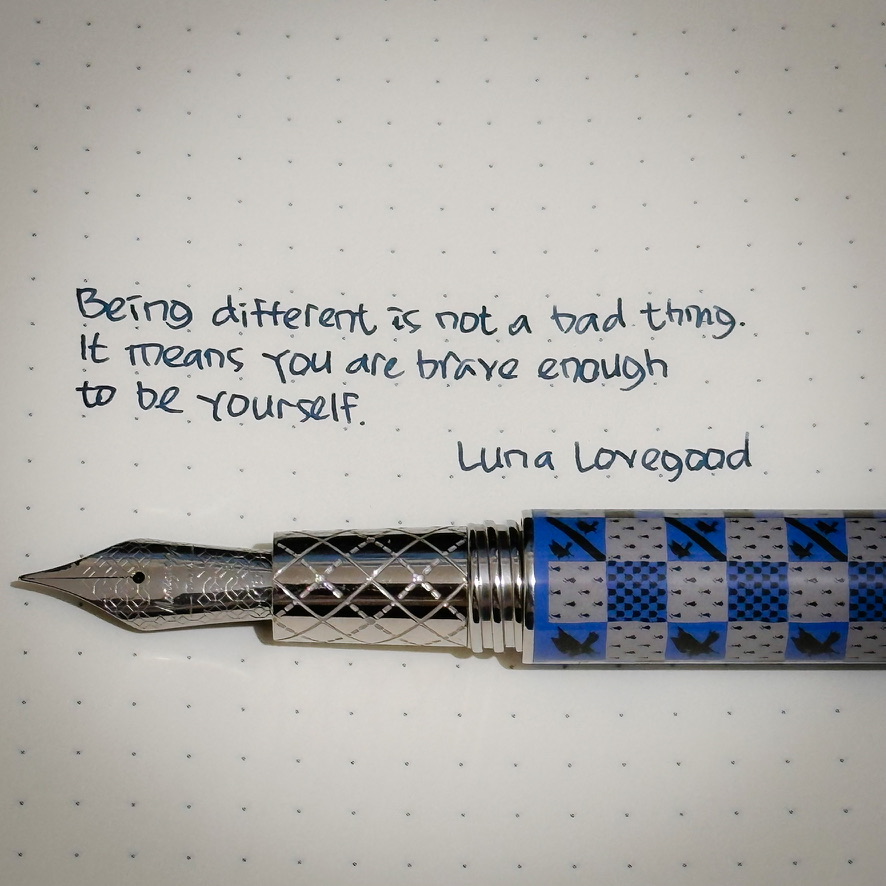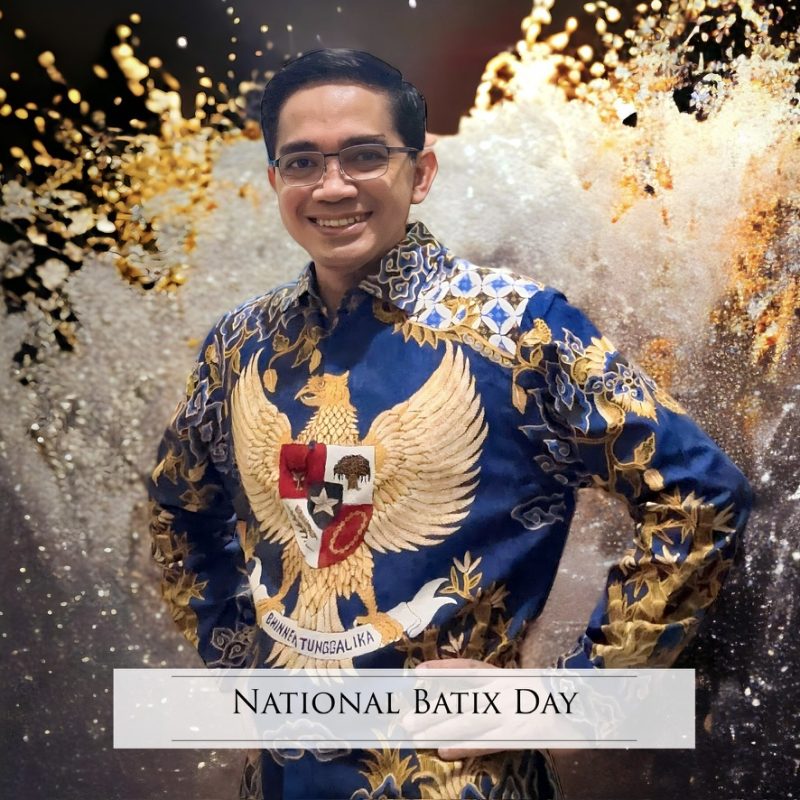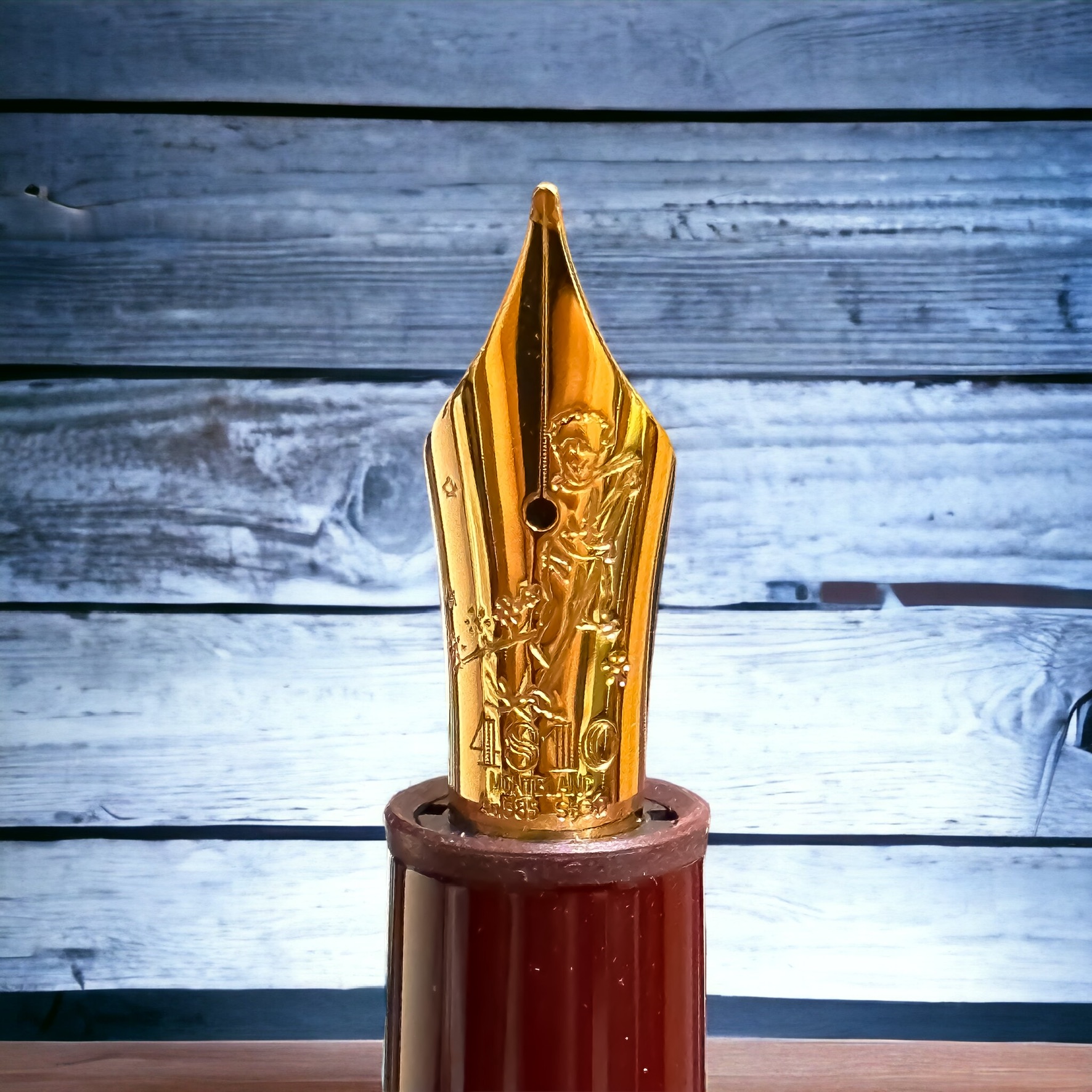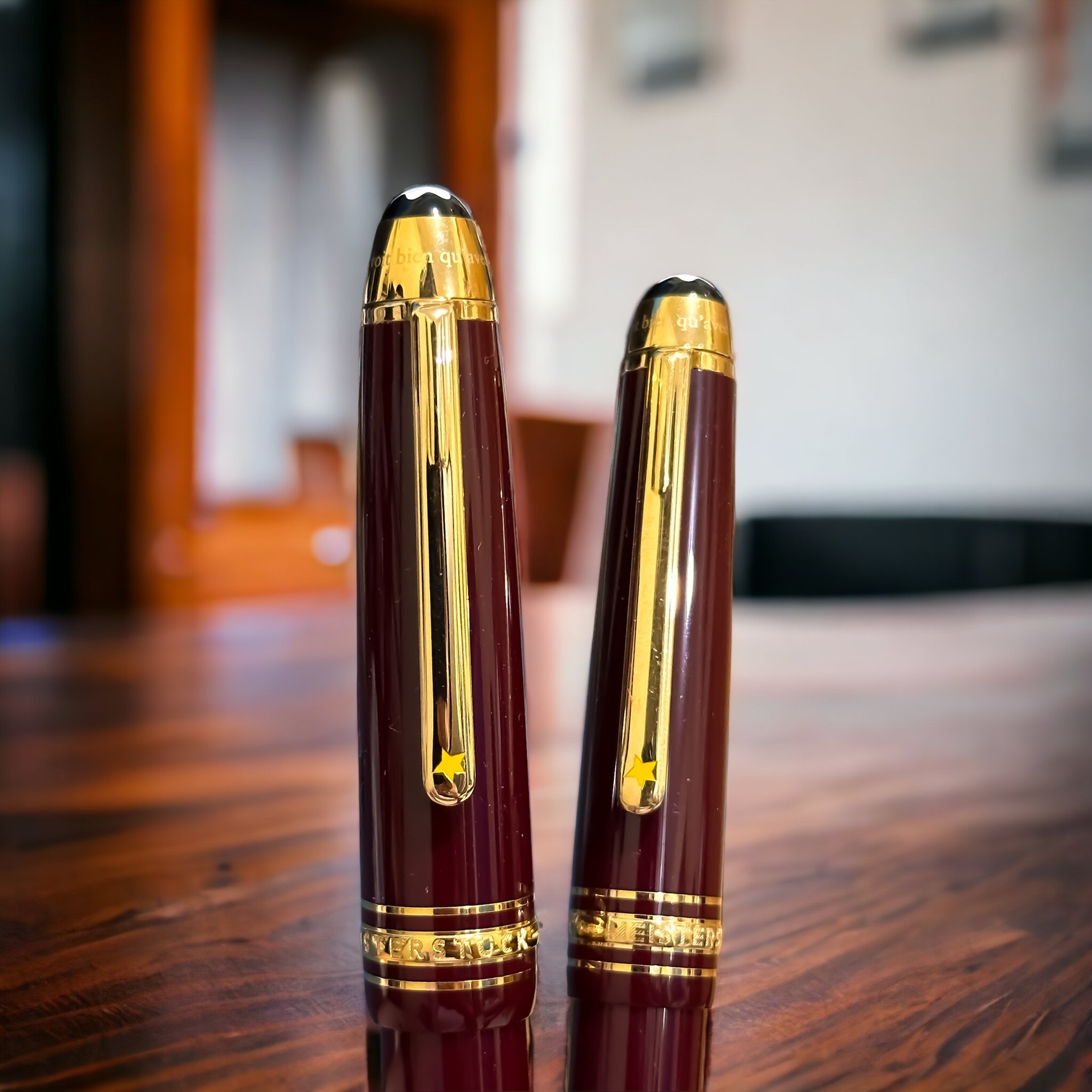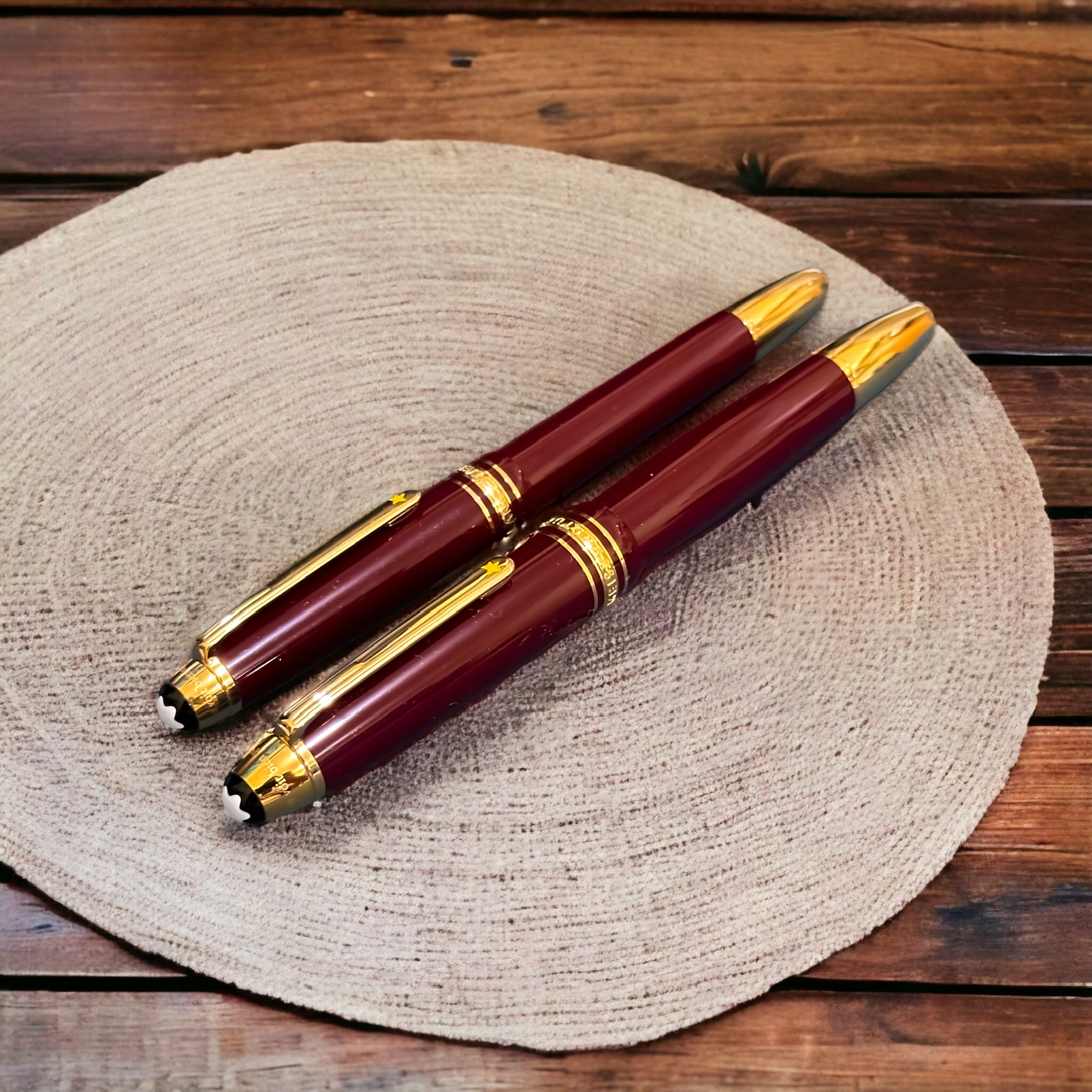The University of Cambridge has a rich history that spans more than 800 years. Its origins can be traced back to 1209, when a group of scholars migrated to establish ofa new centre of learning in Cambridge. By 1231, the institution received a charter from King Henry III, which granted it significant privileges. This charter marked the beginning of the university’s official recognition and its rise as a prominent academic institution.
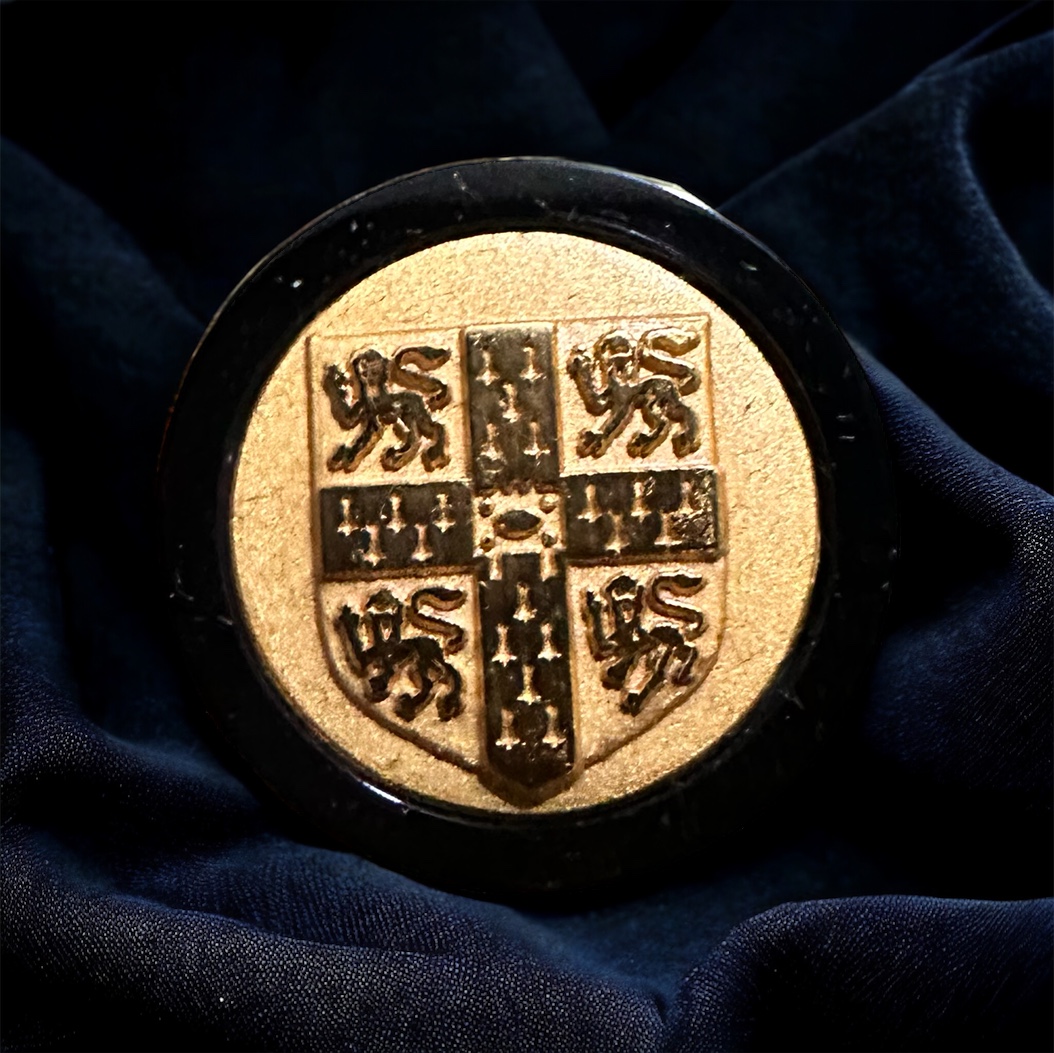
The university is organised into a series of colleges, with the first college, Peterhouse, founded by Hugh de Balsham in 1284. Each college is an independent institution with its own property and income, but all are part of the university, contributing to its rich academic and cultural environment.
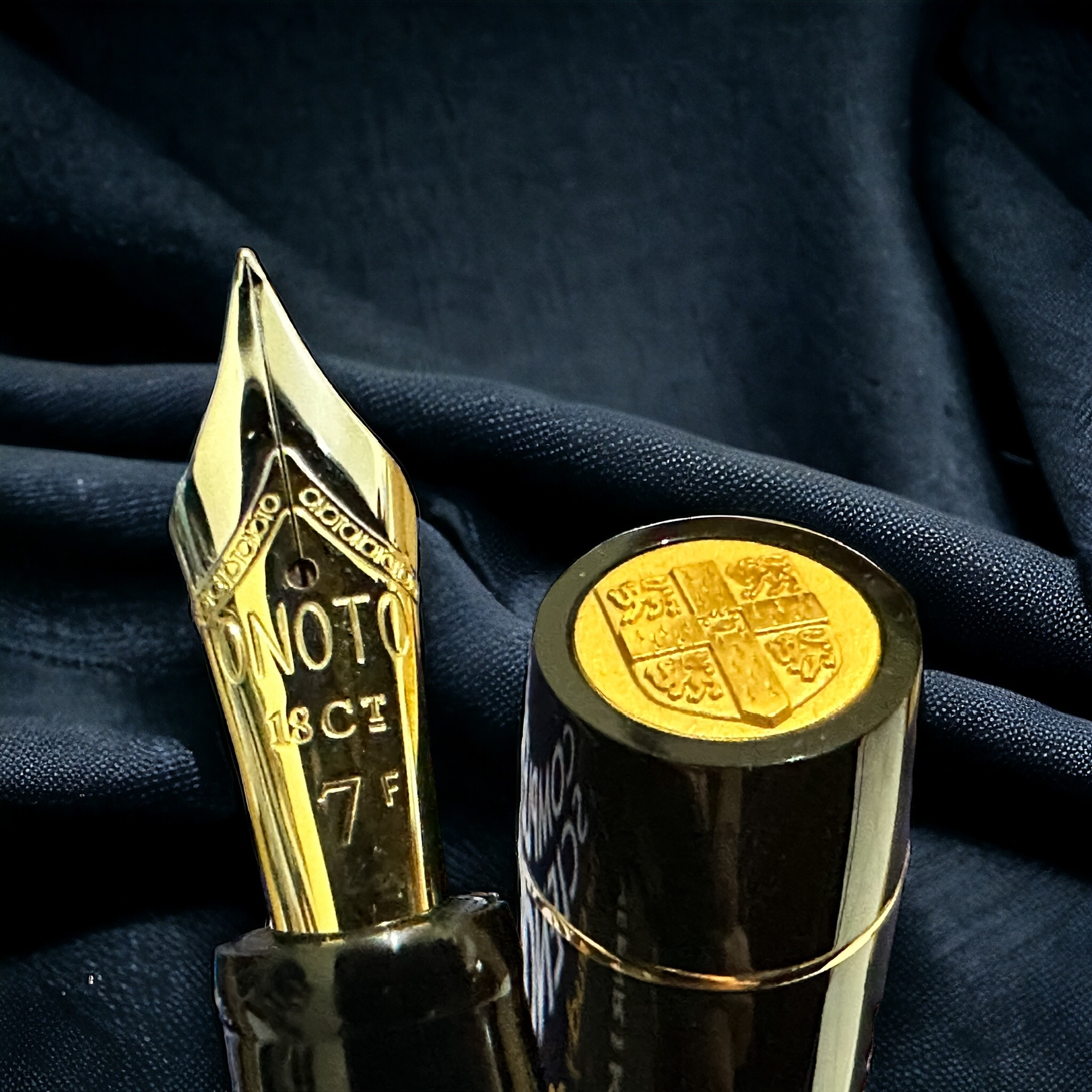
The university played a significant role in the Renaissance and the Scientific Revolution. Notable alumni include Sir Isaac Newton, who developed the principles of modern physics in the 17th century while at Cambridge. In the 20th and 21st centuries, Cambridge continued to expand and evolve, becoming a globally recognised and respected institution for higher learning and research. It has maintained a strong emphasis on scientific research and innovation, contributing to technological advancements and the development of new fields of study. Today, this university consists of over 30 colleges and numerous academic departments, faculties, and schools. It continues to be a leading centre for education and research, attracting students and scholars from around the world. The university’s commitment to excellence in education, research, and contribution to society remains steadfast, ensuring its place among the top universities globally for years to come.

I have an Onoto fountain pen designed for the University of Cambridge. It is a Magna Black & Gold model with the logo of this university on its crown, and a Trinity College crest; with Au750 F-sized nib. It is my second Onoto after the one designed for Oxford University.
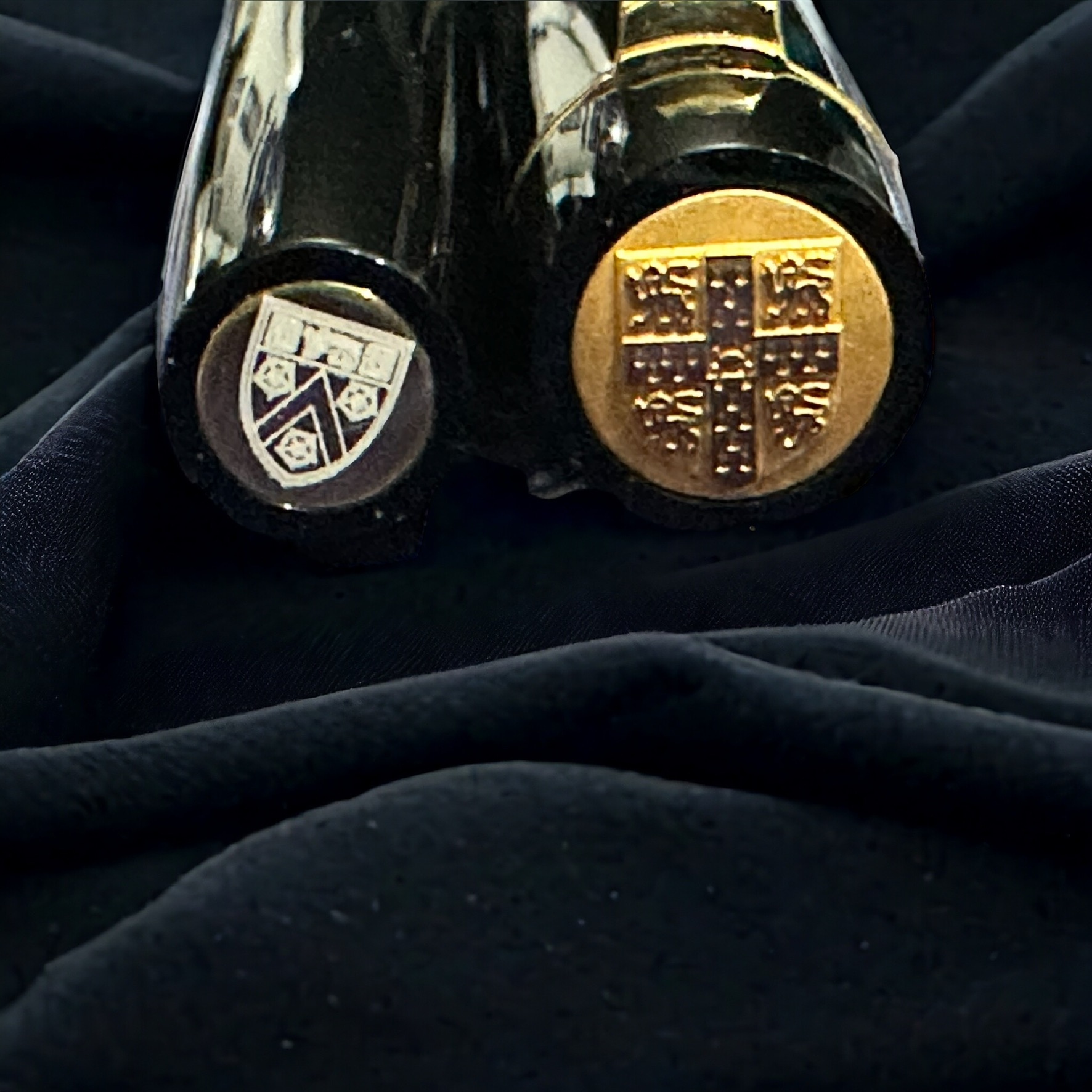
Onoto, a prestigious brand of fountain pens from the United Kingdom, has a rich history and a strong reputation for quality, innovation, and cultural significance. The brand’s journey began in the early 20th century, making it an integral part of the fountain pen industry’s history and development. Its history dates back to 1905 when the brand was established by Thomas De La Rue & Co. The first Onoto pen, the Onoto Patent Self-filling Pen, was launched in 1905 and quickly gained fame for its innovative plunger-filling system, which was a novelty at the time. This filling mechanism allowed for a more straightforward and cleaner way to refill the pen, setting Onoto pens apart from their competitors.
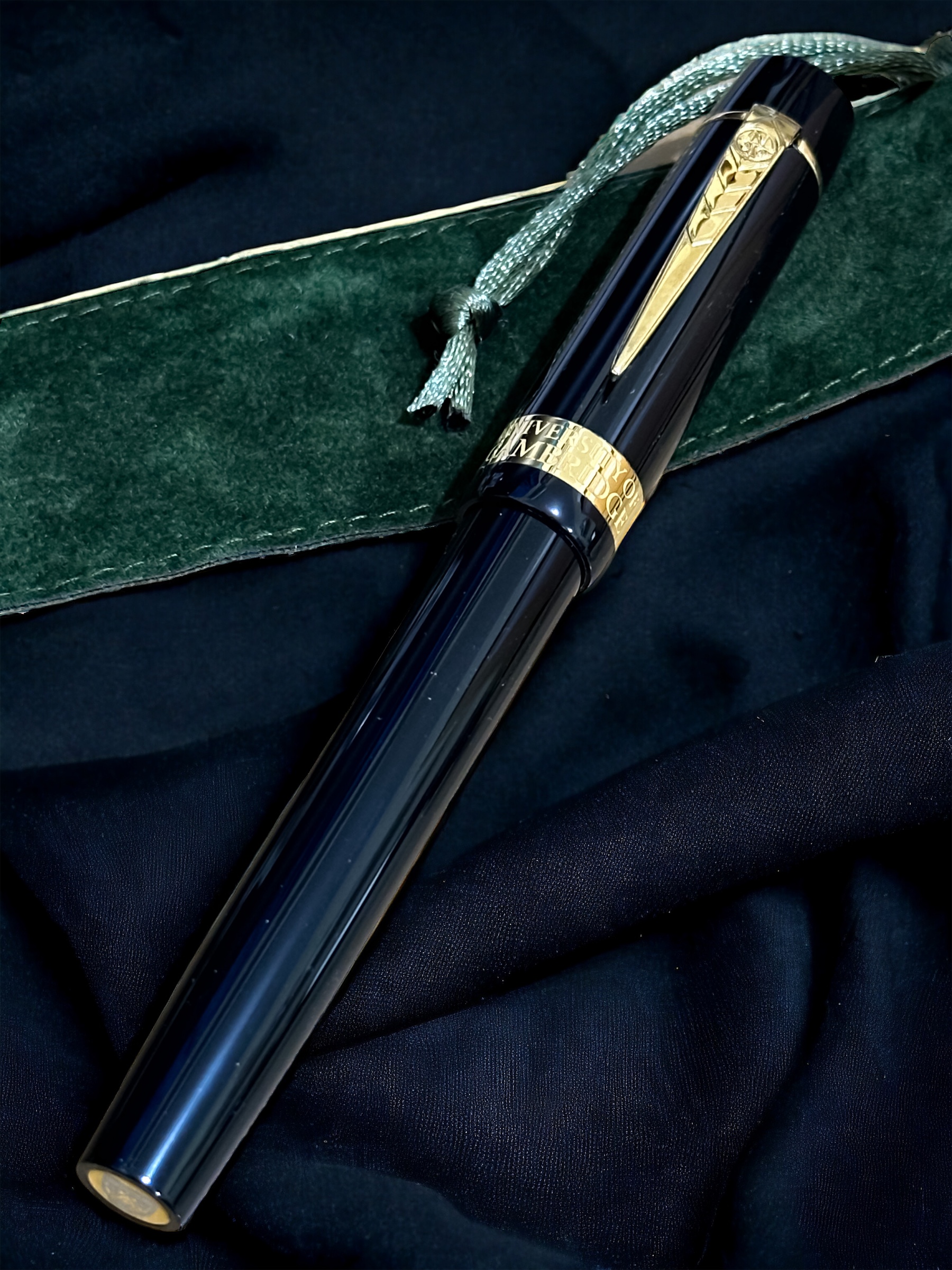
Onoto pens are renowned for their high quality, craftsmanship, and durability. The brand has consistently emphasized the production of pens that are not only functional but also beautiful, often using precious metals, high-quality resins, and intricate designs. Collectors and users of Onoto pens value them for their smooth writing experience, balance, and the tactile pleasure they provide. In the 21st century, Onoto has experienced a revival, appealing to both collectors of vintage pens and enthusiasts of luxury writing instruments. The brand continues to produce limited editions and bespoke pens, often commemorating significant historical and cultural events, further enhancing its cultural significance and appeal to connoisseurs of fine pens.
